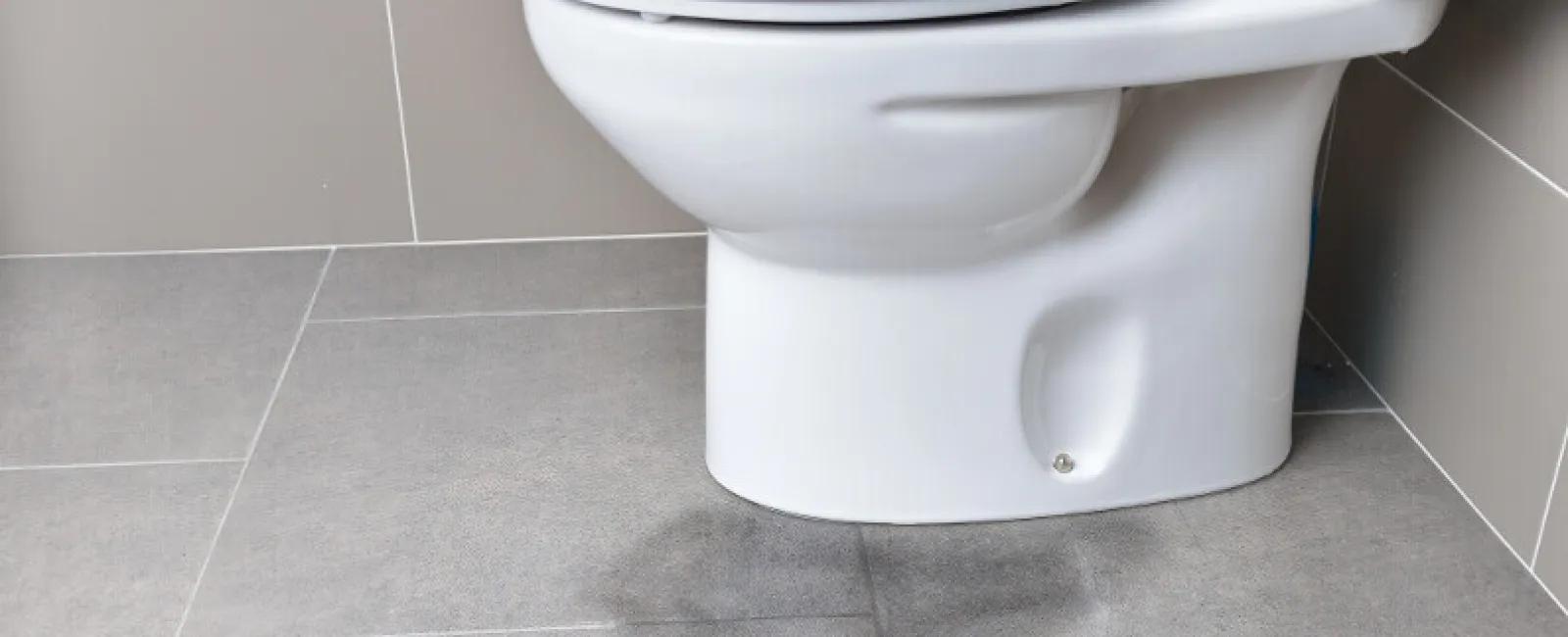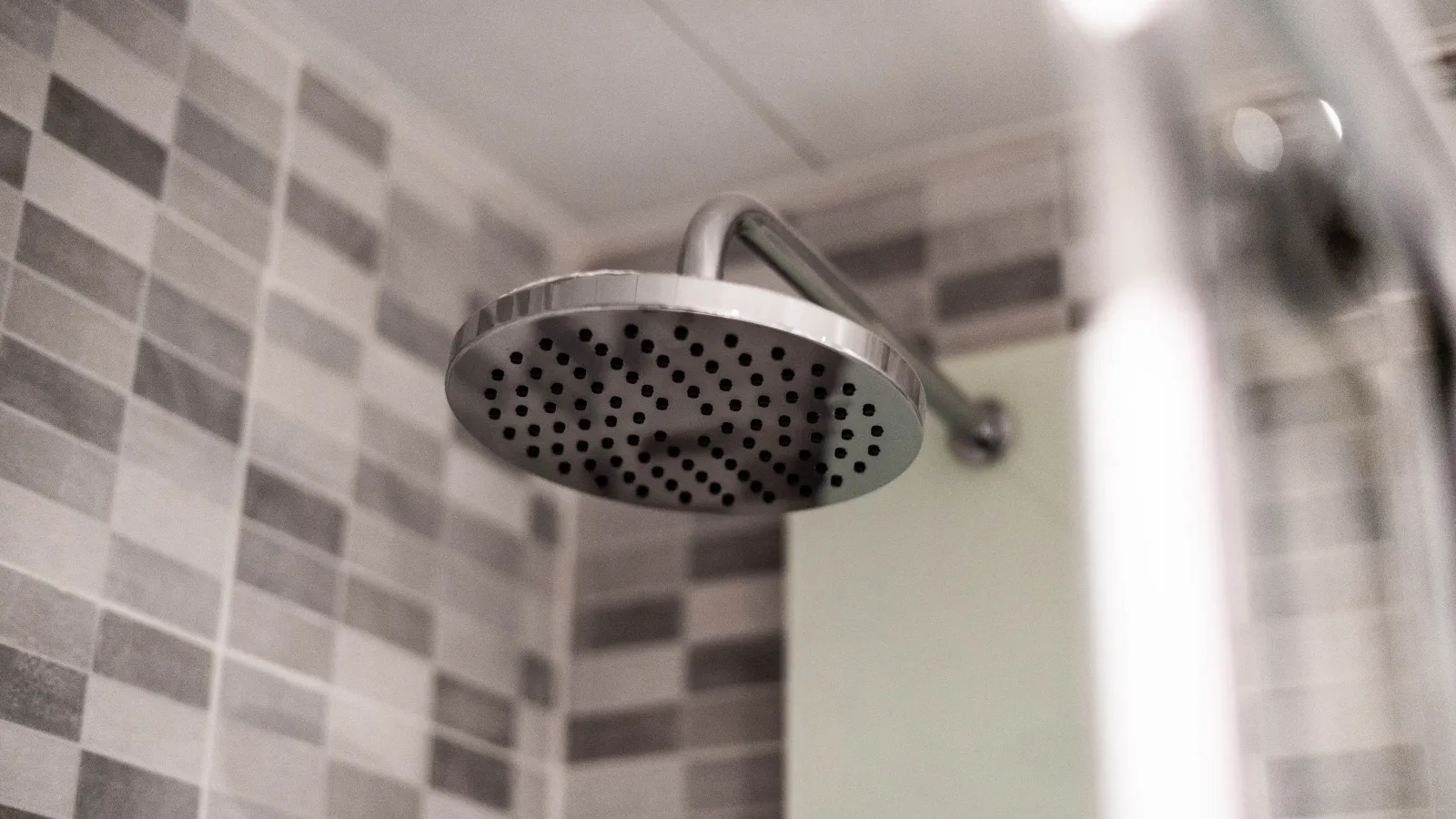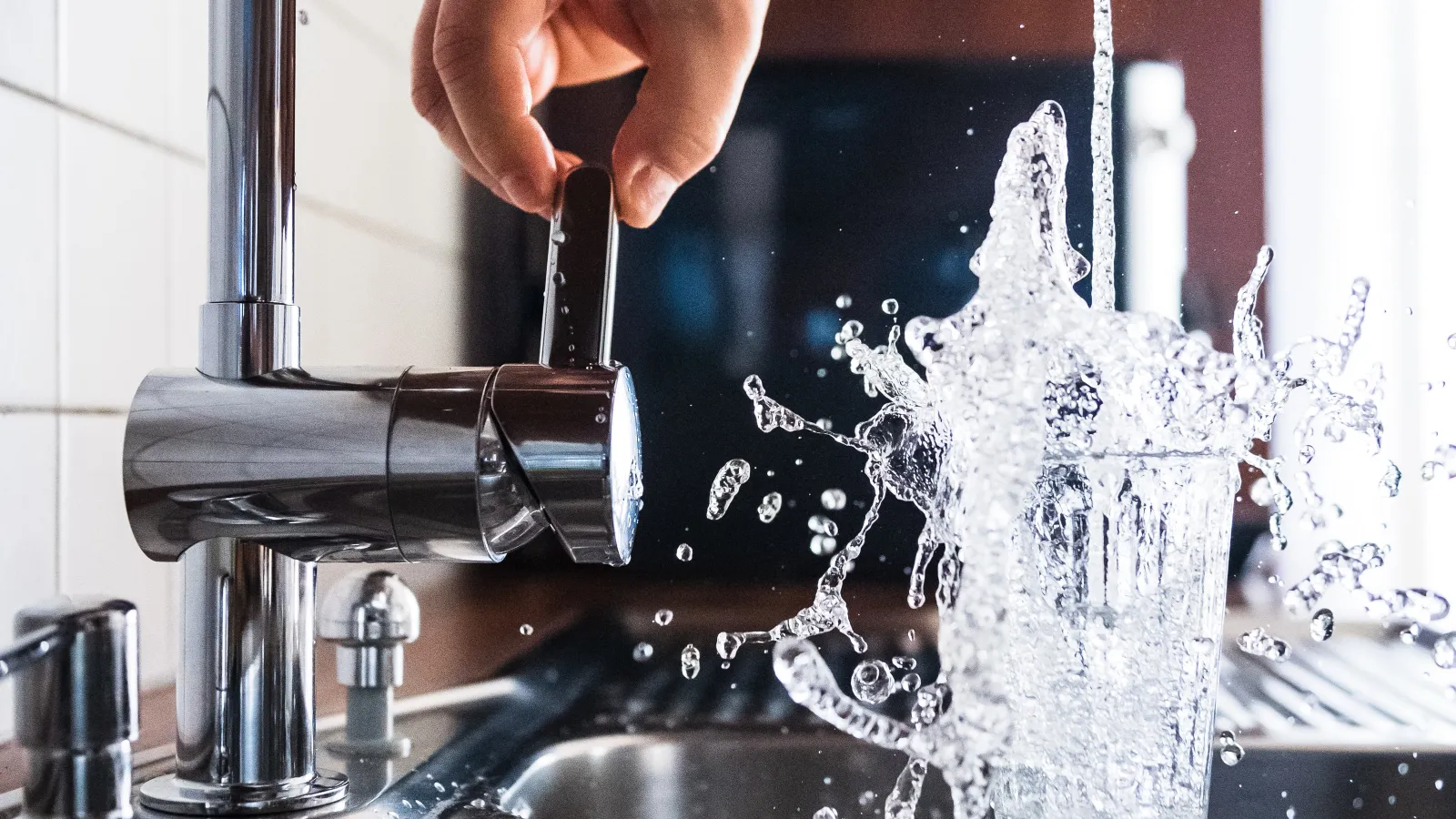A leaking toilet can cause frustration, damage, and higher water bills. When a toilet leaks at the base, it often indicates an issue with the wax ring seal between the toilet and the floor flange. However, other problems can also cause leaks around the base of the toilet. This article covers the most common causes of toilets leaking from the bottom and provides actionable steps for diagnosing and fixing the issue.
What Causes a Toilet to Leak from the Bottom?
There are several potential culprits when a toilet leaks at the base:
Damaged or Misaligned Wax Ring
The wax ring forms a seal between the bottom of the toilet and the drain flange on the floor. If this ring becomes damaged or misaligned, it can lead to leaks. Over time, the wax ring can crack or become flattened. It also may get shifted if the toilet rocks or isn't securely bolted down.
Cracked Bowl or Tank
Although less common, cracks in the porcelain of the toilet bowl or tank can lead to leaks. Cracks often start small and get larger over time. They usually occur from impact damage, over-tightening bolts, or deterioration of the material.
Loose or Faulty Connections
The water supply line connects to the bottom of the tank, while the overflow tube extends from the tank to the bowl. Loose connections at these spots may leak. Also, cracked or damaged washers or gaskets can cause water to drip from these areas.
Blocked Drain or Vent Pipe
If the drain or vent pipe going from the toilet is clogged, it can force water to leak from the base during flushing. This often happens when roots infiltrate and block the drain line. Insufficient venting also causes siphoning that pushes water past the wax seal.
Diagnosing the Exact Source of the Leak
Figuring out the specific reason a toilet is leaking from the bottom requires a bit of detective work. Here are some steps to isolate the issue:
- Inspect the exterior of the toilet - Look for any cracks in the tank or bowl. Also check for moisture or staining on the outside to pinpoint the source.
- Remove the toilet tank lid - Check if water is leaking from the overflow tube, flush valve seal, or water line connection. Tighten any loose connections.
- Check for a damaged wax ring - Remove the toilet and inspect the wax ring. Look for cracks, compression, or misalignment. Also ensure the floor flange is level.
- Test for a blocked drain/vent - Flush a bucket of water to verify adequate flow. If water backs up out of the bowl, there is likely a blockage.
- Assess water supply valves - Turn off the supply valves and see if the leak stops. This verifies the issue is not with the supply plumbing.
- Evaluate the toilet tank - Remove the tank and set it aside. Turn on the water supply and flush the toilet. Check if water still leaks from the bowl base without the tank attached.
Fixing a Toilet Leaking at the Base
Once the root cause is identified, the proper repairs can be made:
- Replace the wax ring - If the wax ring is damaged or shifted, turn off the water supply and remove the toilet. Scrape off the old wax, replace the ring, and reseat the toilet with new bolts.
- Tighten connections - For loose toilet tank connections, tighten the coupling nuts or replace any worn gaskets or washers.
- Replace cracked tank/bowl - Severe cracks require replacing the damaged porcelain component. The tank or entire toilet may need replacement.
- Clear clogs - Drain augers can remove obstructions in the drain line. For vent issues, a plumber may need to install or replace the vent stack.
- Fix supply issues - For damaged supply valves or fill valves, replace the specific part that is faulty.
Preventing Future Leaks
With proper care, you can avoid leaks at the base of the toilet:
- Only use quality wax rings - Cheap rings are more prone to cracking and compression. Spend a little more for better seals.
- Periodically check bolts - Tighten any loose bowl-to-floor bolts to prevent rocking and wax ring shifting.
- Avoid over-torquing bolts - Excessive force cracks the porcelain or compresses the wax ring unevenly.
- Update old toilets - Newer toilets have superior wax seals and construction that resists cracking.
- Use toilet shims - Shims properly align the bowl if the flange height is too low.
- Avoid hitting bowl/tank - Prevent impact damage by refraining from using the toilet top as a shelf or leveraging force on components.
- Test for supply issues - Listen for running water and address minor leaks before they worsen.
- Check the overflow tube - Ensure it inserts properly into the tank to guard against leaks.
When to Call RooterPLUS!
Some toilet leaks and repairs require professional help:
- Broken internal parts - If the fill valve, flush valve, or tank internals need replacement, hiring a plumber ensures proper installation and functionality.
- Floor flange problems - Adjusting the flange height or replacing damaged flanges often necessitates removing the entire toilet.
- Drain line obstructions - Significant drain or vent blockages may be challenging for DIY removal and require our tools.
- Persistent leaks - If you have replaced parts and adjusted the wax ring but leaks continue, we can diagnose hidden issues.
- Major cracks/damage - Severe porcelain cracks or tank/bowl instability requires toilet replacement you may not feel comfortable tackling alone.
While frustrating, a leaking toilet at the base is a fairly straightforward repair with the proper diagnosis and parts. In many cases, taking methodical steps to identify the leak and applying a new wax seal does the trick. But for more complex leaks or require major repairs, don't hesitate to call in RooterPLUS! for help.



